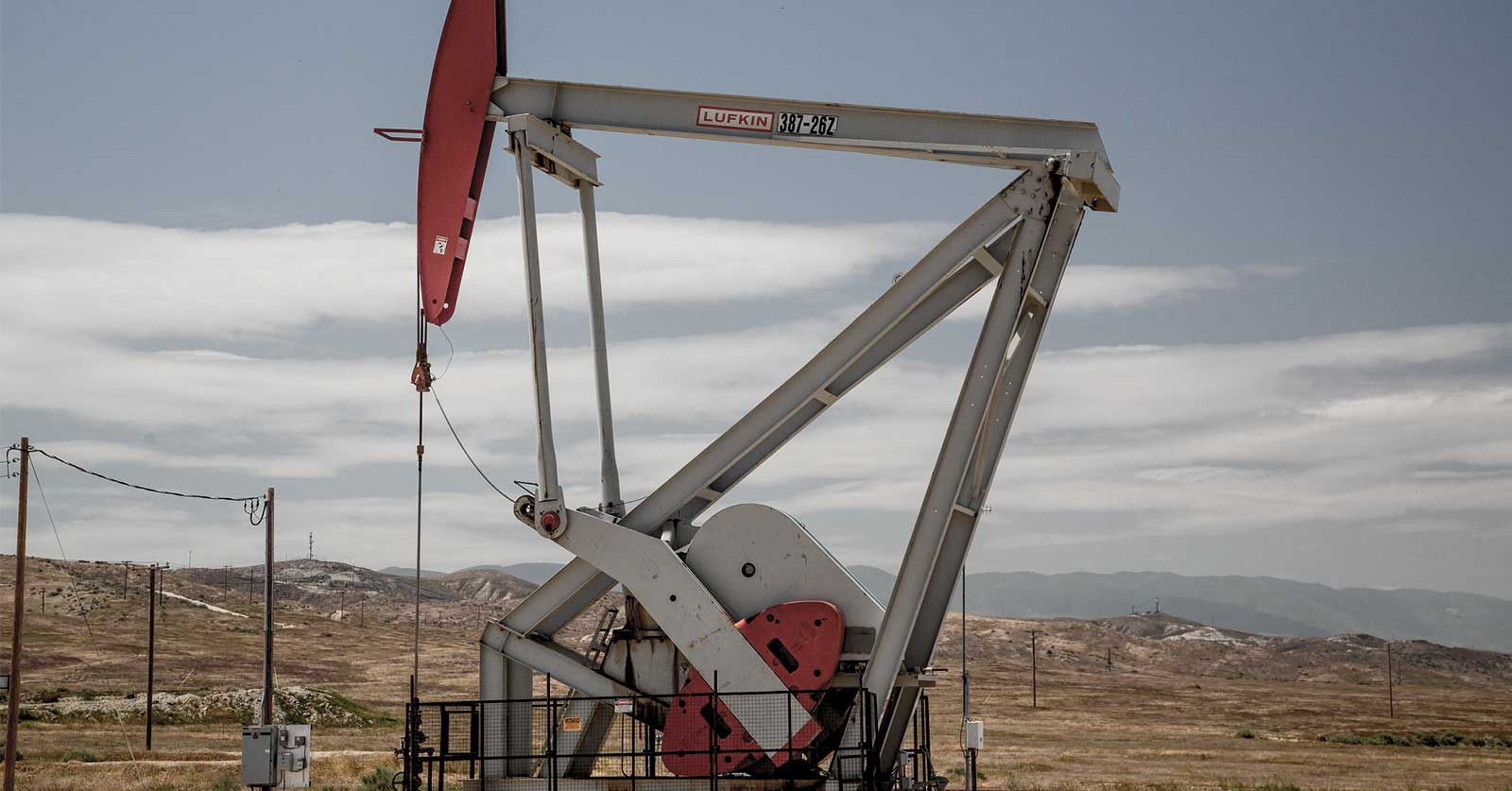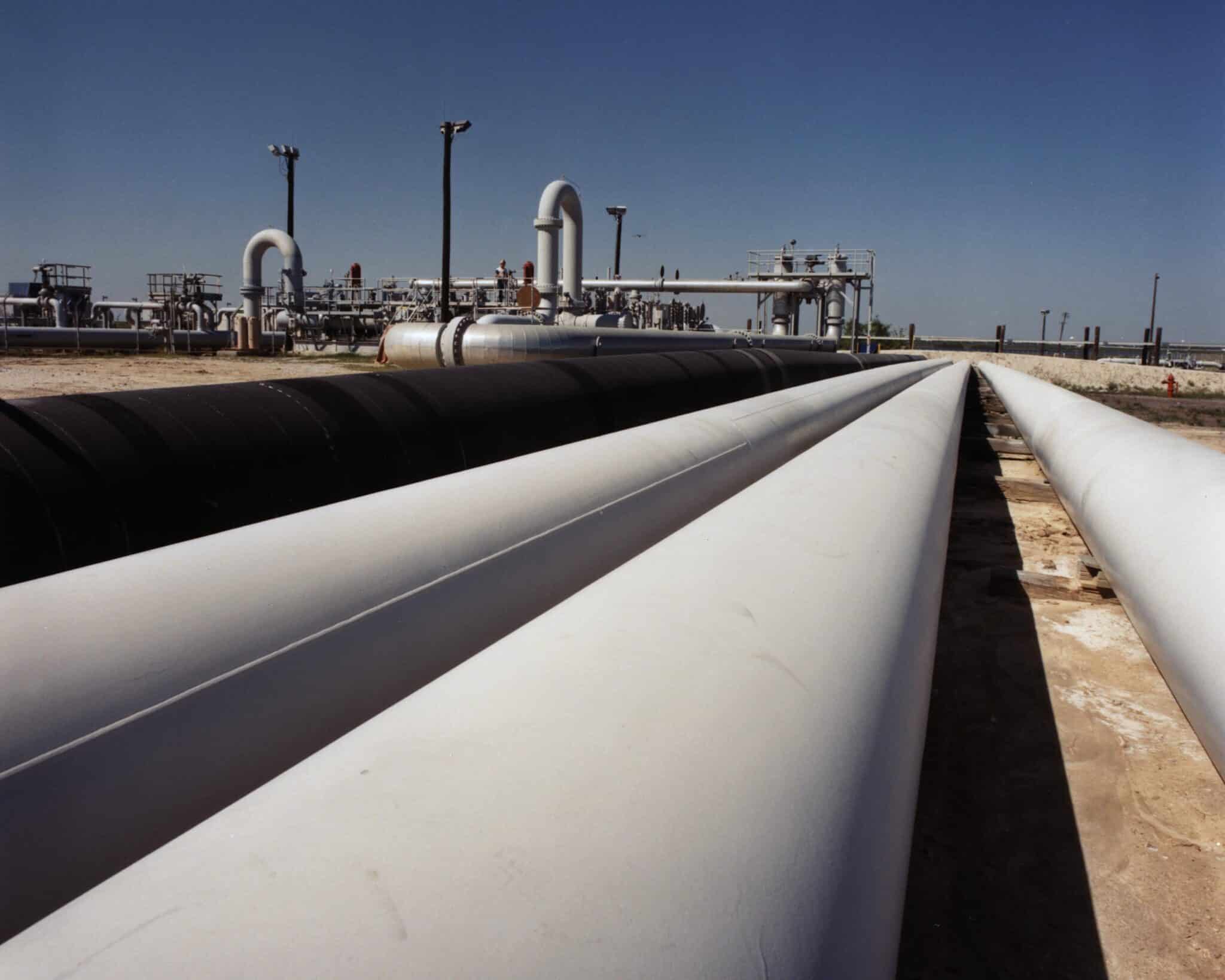Billions of taxpayer dollars handed out by the Department of Transportation was distributed on the basis of a flawed selection process, according to two recently released reports from the Government Accountability Office (GAO).
As the nation grapples with a deteriorating transportation network, growing congestion, and a national budget crisis, this is no time to spend transportation money without assurance that taxpayers are getting the biggest bang for the buck. But as the GAO pointed out on Monday, the Department of Transportation (DOT) and Federal Rail Administration’s (FRA) recent grant making practices for various transportation projects offered little evidence that this is the case.
DOT Problems:In an attempt to focus on transportation projects of national or regional significance, repair critical infrastructure, and better prioritize transportation spending , the American Recovery and Reinvestment Act (Recovery Act) appropriated $1.5 billion in discretionary grants — known as the TIGER program — for surface transportation capital investments. Several expert teams evaluated TIGER applications on criteria developed by DOT, such as ability to improve the state of repair and increase economic competitiveness. Each application was assigned a rating, advancing those that best met the competitive criteria. The project teams ultimately approved 51 applications which were signed off by DOT Secretary Ray LaHood.
According to the GAO, it is unclear why “26 [applicants selected] were from the highly recommended applications…and the other 25, which received one-third of TIGER funds, were from the recommended applications.” Furthermore, the project teams’ “rationale” was questioned “for selecting recommended projects…over highly recommended ones” when draft-meeting notes describe team-members questions over “whether projects were ‘ready-to-go,’ or whether a project’s economic benefits were overstated.” Though the GAO largely lauded DOT’s implementation of TIGER, the lack of documentation could lead to questions as to whether projects were chosen based on merit or other considerations.
FRA Problems: The Obama Administration has made it no secret they’re a fan of passenger trains. Citing a need for increased travel options, the administration pushed hard for $8 billion in funding for passenger rail in the Recovery Act. The Federal Railroad Administration (FRA) was ultimately charged with distributing these funds under a competitive grant program that was offered to state governments seeking to expand high speed and conventional passenger rail. In January 2010, multiple recipients of these grants were announced and construction commenced on projects throughout the nation.
Aligning with several Representatives’ recent criticism of the FRA’s selection process, the GAO found that FRA did a pretty lousy job, citing vague selection criteria and unaccountable record keeping. With any discretionary grant program, project applicants should demonstrate “the eligibility and technical merit” that aligns with established criteria of the sponsoring agency. According to the GAO, the FRA indeed followed its own criteria in selecting applicants, but “documented reasons for these selection decisions were typically vague or restated the criteria listed in the funding announcement.” Additionally, the FRA could only provide “general reasons” for adjusting the applicant’s funding amounts or why certain projects were not selected. The FRA ultimately provided more documentation as the GAO continued its investigation, but these documents failed to be included within the department’s official record of decision.
GAO Recommendations:
On one hand, GAO indicates that Congress may want to consider carving out geographic areas for specified grant funding if the TIGER program is to continue, thus solving the geographic equity issue that arose with the western states receiving a majority of grants. On the other hand, GAO also recommends all geographic considerations be left out of the competitive grant making process; for this simply dilutes the actual merits of projects and spreads money around the nation like peanut butter. We agree with the latter: it is hard to justify investing federal tax dollars in projects — projects of ‘national and regional significance’ — that simply receive support due to their geographic location. Projects should only be funded when they are highly-recommended and of national and regional significance, not because of wasteful attempts to appease every corner of the nation.
To ensure better rail grant accountability, the GAO recommends that FRA create additional documentation recording the “substantive reasons” for grant making decisions. We couldn’t agree more. Serious questions arise when money is doled out for unknown reasons. Especially when this money is allocated for a mode of transportation — high speed passenger rail — that remains a relatively new and experimental concept in most of the country.
With billions in additional funding likely to be handed out in coming years through both the TIGER and High Speed Rail programs, FRA and DOT should note the GAO recommendations, and make their decisions in a more accountable and transparent manner.










